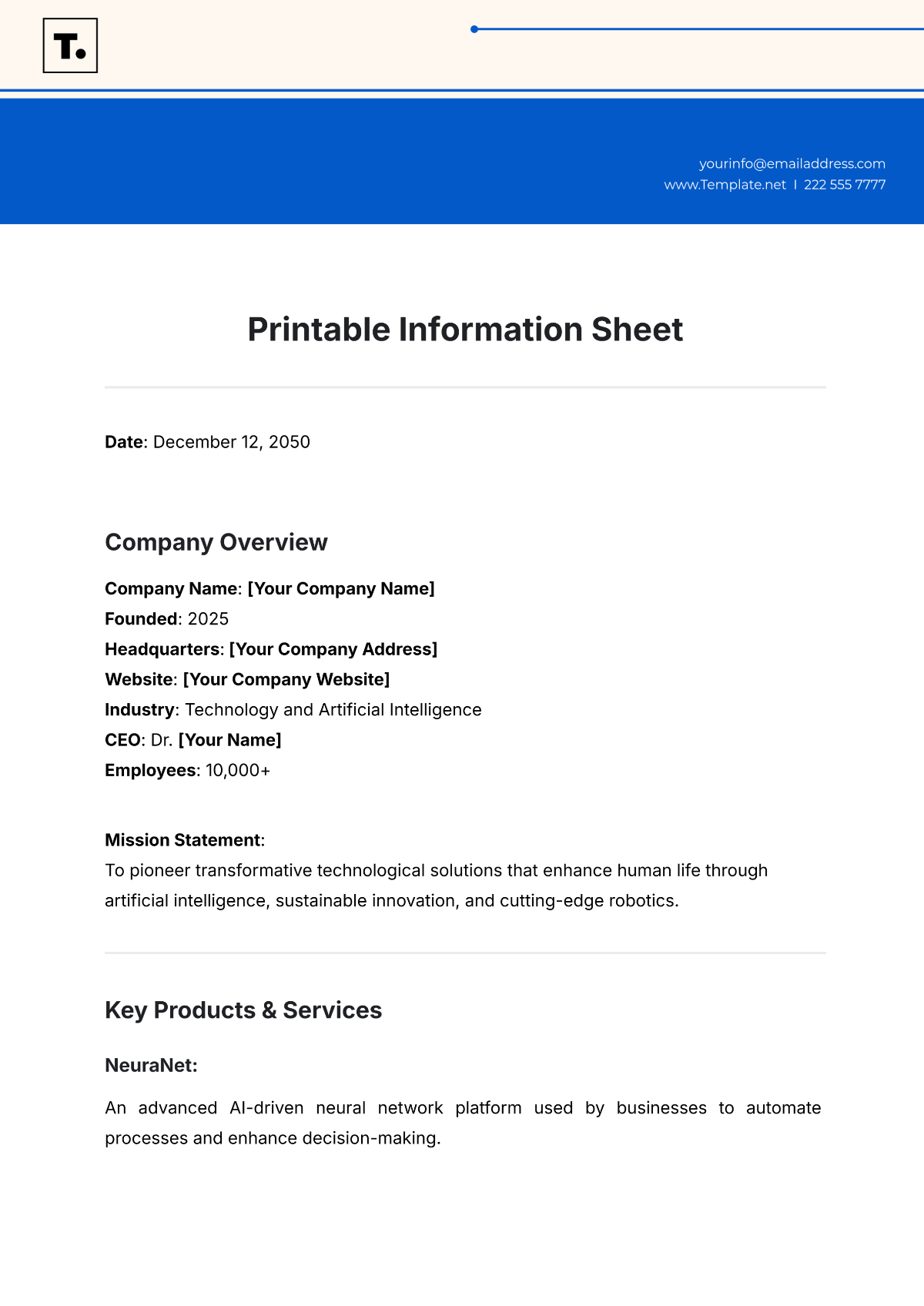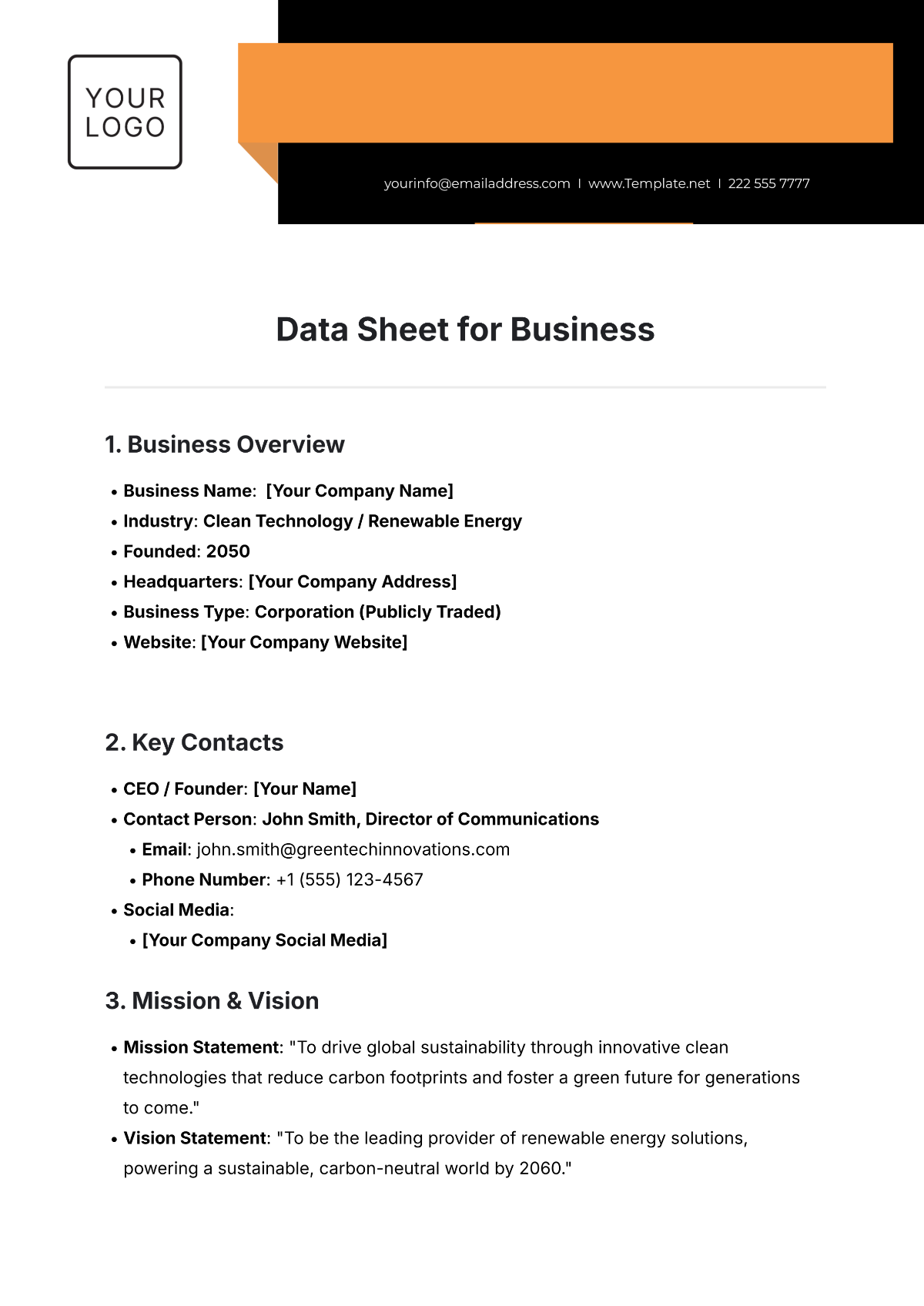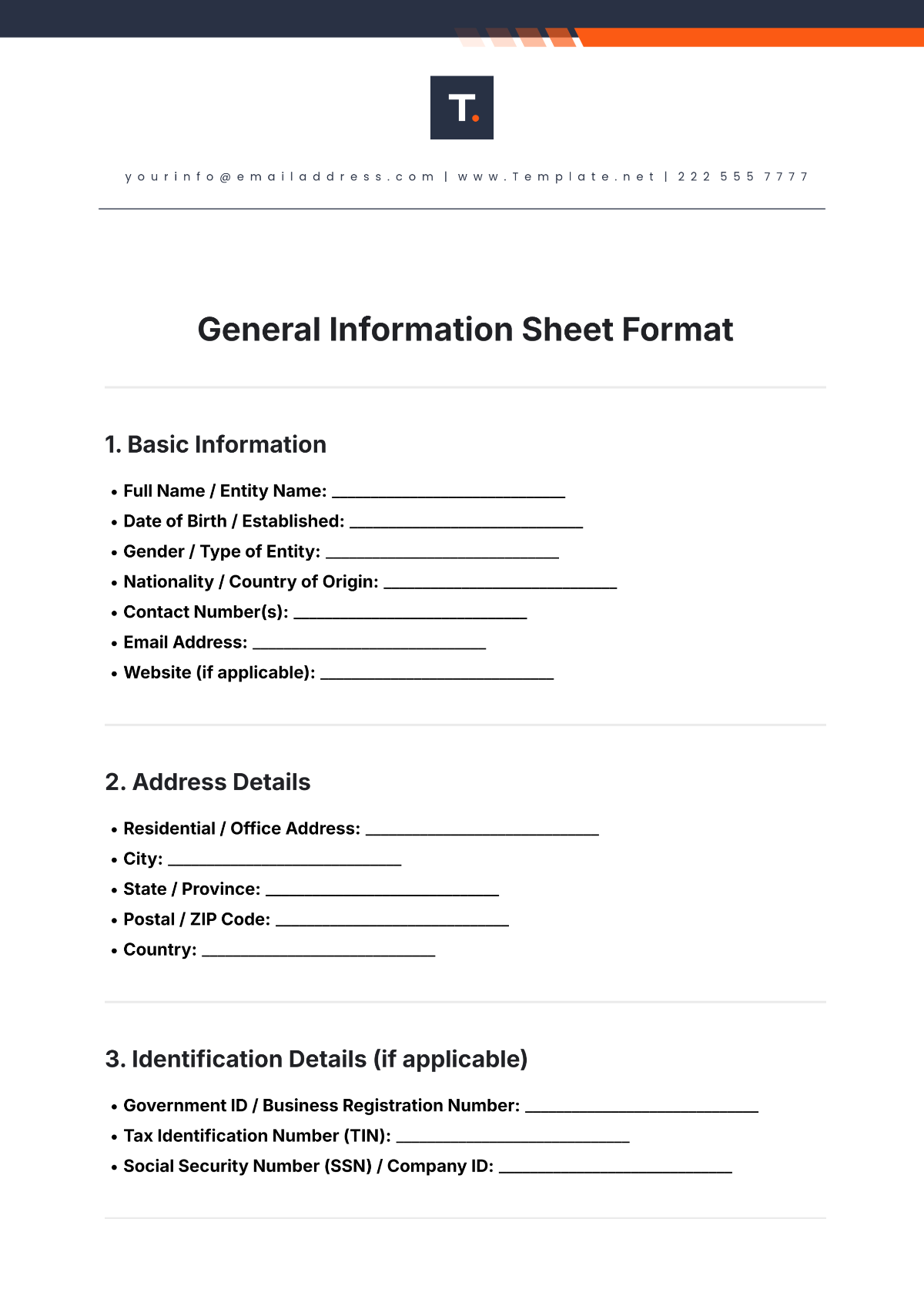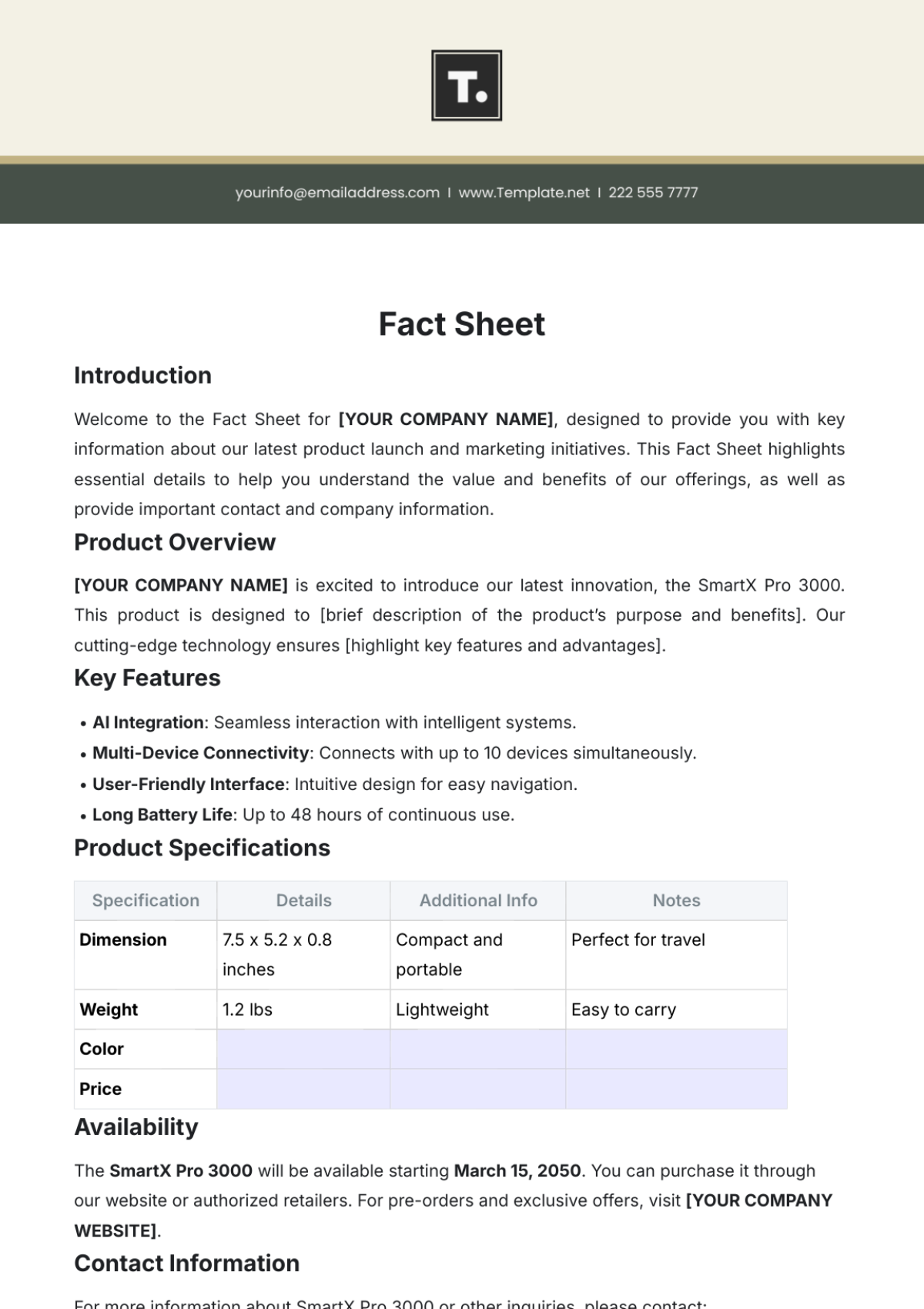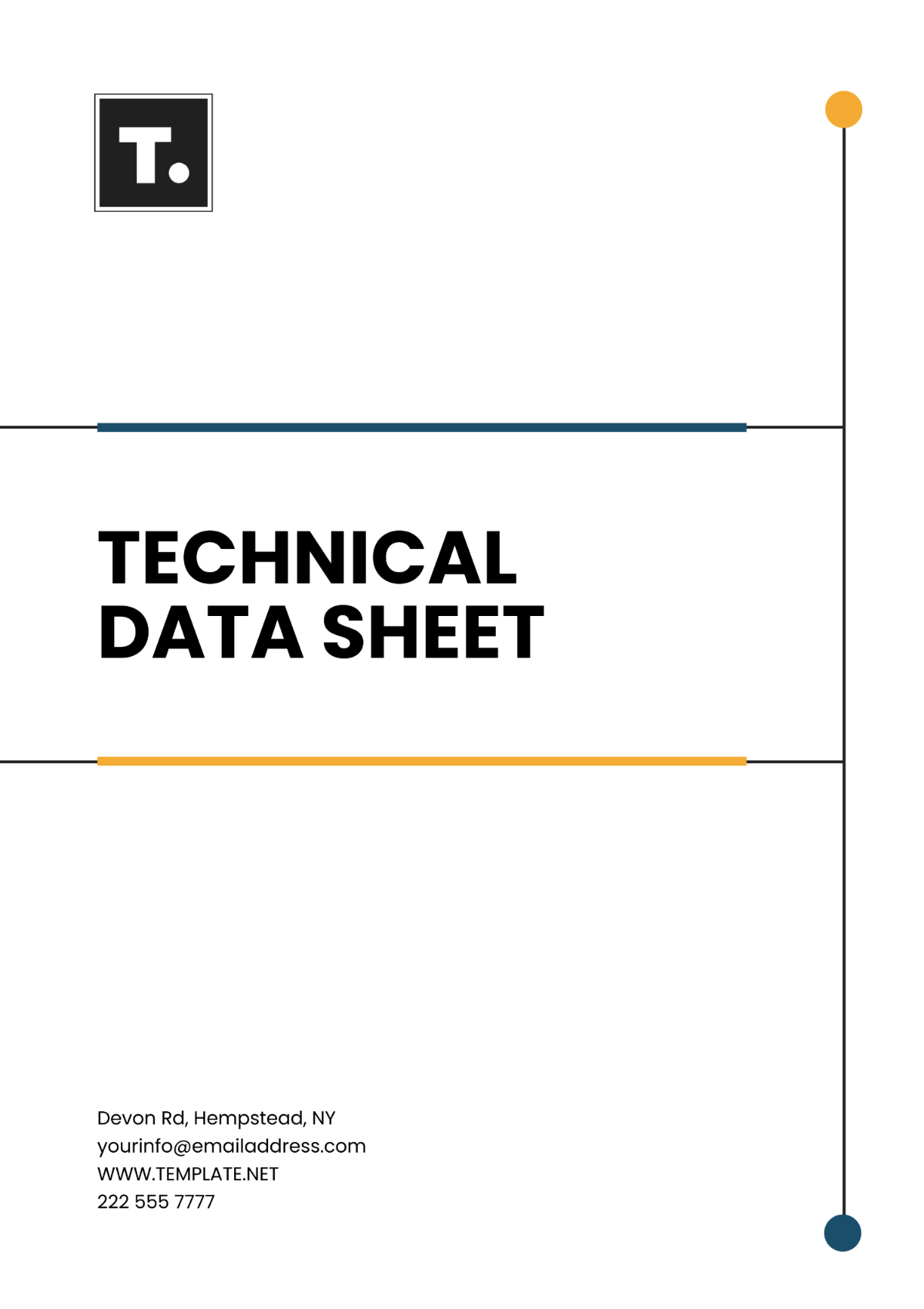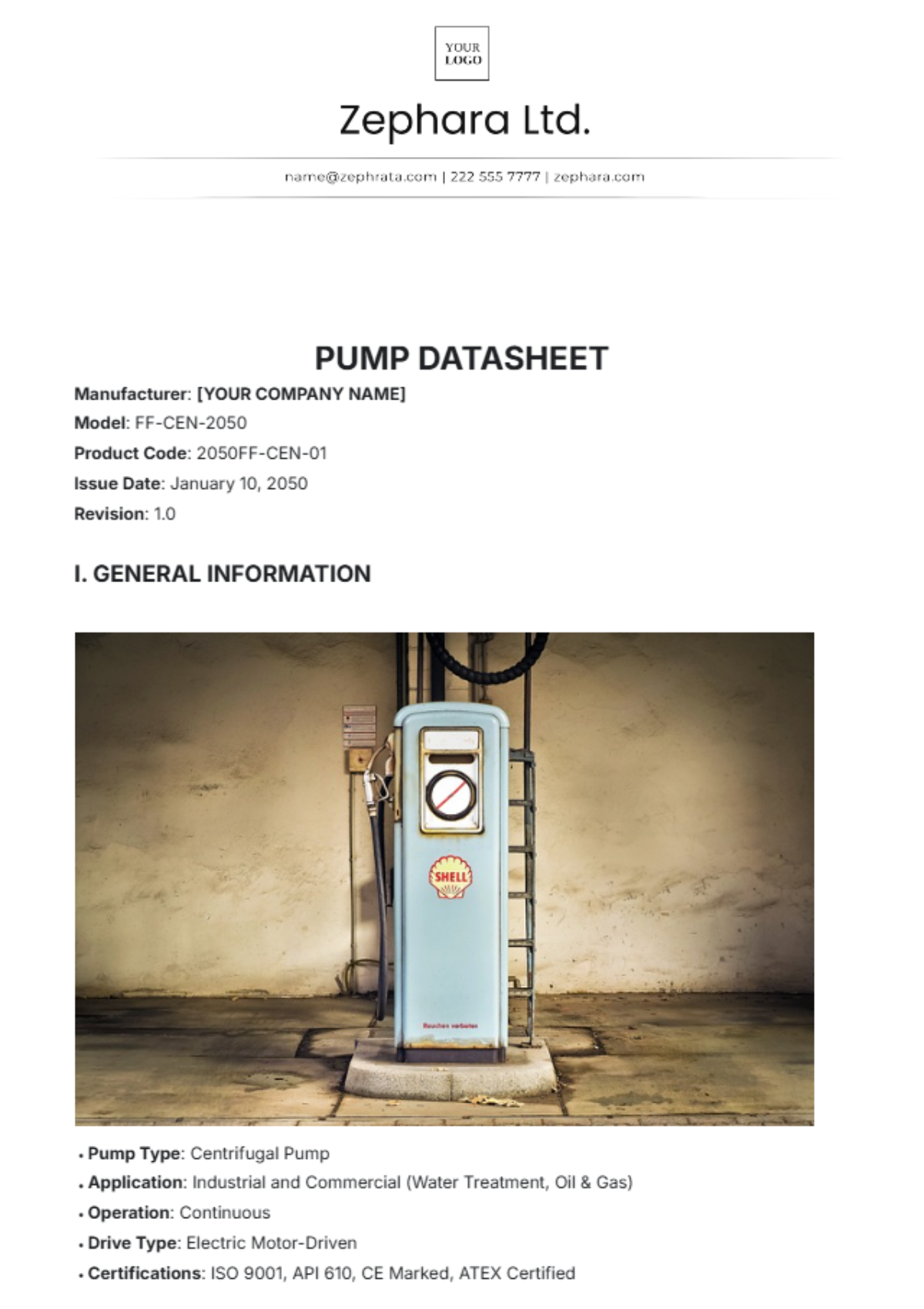Nursing Fact Sheet
I. Introduction

This Nursing Fact Sheet is designed to support nursing education by providing concise summaries of complex nursing concepts, procedures, and protocols. It serves as a valuable resource for nursing students, educators, and professionals alike, offering easily accessible information to enhance understanding and facilitate learning.
II. Key Concepts
A. Nursing Theory
Definition: Nursing theory encompasses the foundational principles and frameworks that guide nursing practice.
Importance: Understanding nursing theory is crucial for nurses to provide holistic care and make informed clinical decisions.
Example: Florence Nightingale's Environmental Theory emphasizes the impact of the environment on patient health outcomes.
B. Pharmacology
Definition: Pharmacology involves the study of drugs and their effects on the body.
Importance: Proficiency in pharmacology is essential for safe medication administration and management of patient symptoms.
Example: Aspirin, a commonly used analgesic, works by inhibiting the synthesis of prostaglandins, reducing pain and inflammation.
C. Patient Assessment
Definition: Patient assessment is the systematic gathering of information about a patient's health status.
Importance: Accurate patient assessment forms the foundation for effective nursing interventions and care planning.
Example: During a respiratory assessment, nurses may auscultate the lungs to assess for abnormal breath sounds.
III. Common Procedures
A. Intravenous (IV) Cannulation
Overview:
IV cannulation involves the insertion of a catheter into a vein to administer fluids, medications, or blood products.
Steps:
Cleanse the site with an antiseptic solution.
Insert the catheter into the vein at a 15-30 degree angle.
Secure the catheter in place and connect it to the IV tubing.
Precautions:
Avoid inserting the catheter near joints or areas with fragile skin.
B. Wound Care
Overview:
Wound care encompasses the assessment and treatment of wounds to promote healing and prevent infection.
Steps:
Cleanse the wound with saline solution.
Apply appropriate dressings or topical medications.
Monitor for signs of infection or delayed healing.
Precautions:
Use sterile technique to minimize the risk of contamination.
C. Urinary Catheterization
Overview:
Urinary catheterization involves the insertion of a catheter into the bladder to drain urine.
Steps:
Prepare the catheterization kit and sterile field.
Insert the catheter into the urethra until urine is obtained.
Secure the catheter in place and connect it to a drainage bag.
Precautions:
Ensure proper catheter size and lubrication to minimize discomfort and trauma.
IV. Protocols
A. Sepsis Management Protocol
Description:
The sepsis management protocol outlines guidelines for early recognition and treatment of sepsis.
Purpose:
Timely intervention is critical to reduce mortality and improve outcomes in patients with sepsis.
Steps:
Assess for signs and symptoms of sepsis, including fever, tachycardia, and altered mental status.
Obtain blood cultures and initiate broad-spectrum antibiotics.
Administer intravenous fluids to support hemodynamic stability.
B. Fall Prevention Protocol
Description:
The fall prevention protocol provides strategies to identify and mitigate fall risks in hospitalized patients.
Purpose:
Preventing falls helps prevent injuries and promotes patient safety during hospitalization.
Steps:
Conduct fall risk assessments upon admission and regularly throughout the hospital stay.
Implement interventions such as bed alarms, non-slip footwear, and assistance with ambulation.
Educate patients and caregivers about fall prevention strategies.
V. Additional Resources
[Your Nursing Textbook]: Comprehensive resource for nursing students covering a wide range of topics.
[Online Nursing Journals]: Access peer-reviewed articles and research studies to stay updated on current nursing practices.
[Nursing Skills Checklist]: Use this checklist to track proficiency in essential nursing skills.






